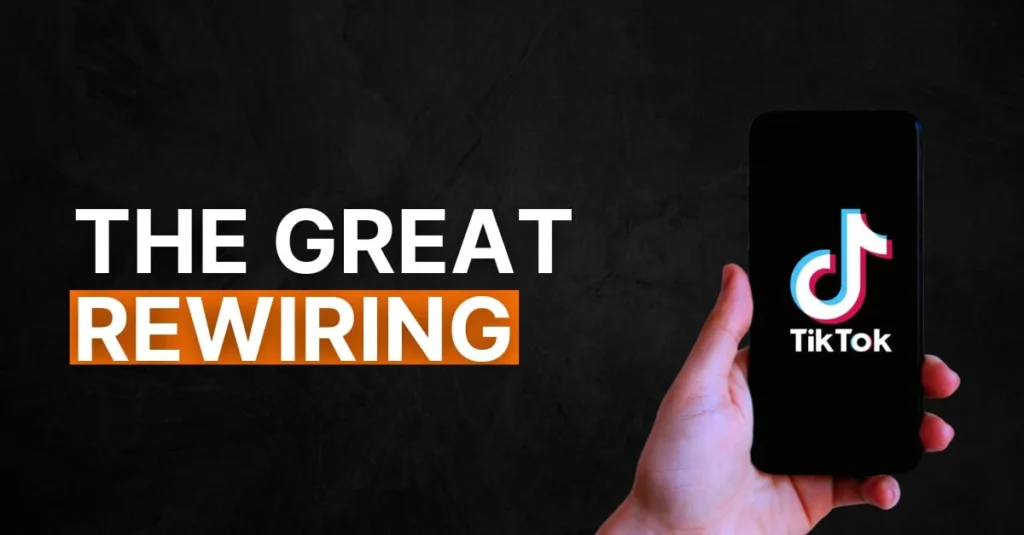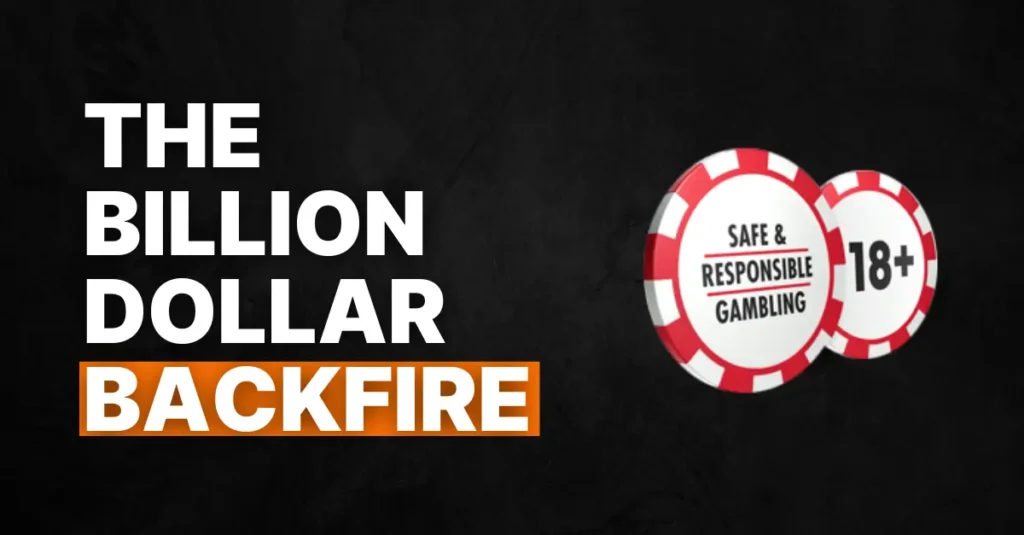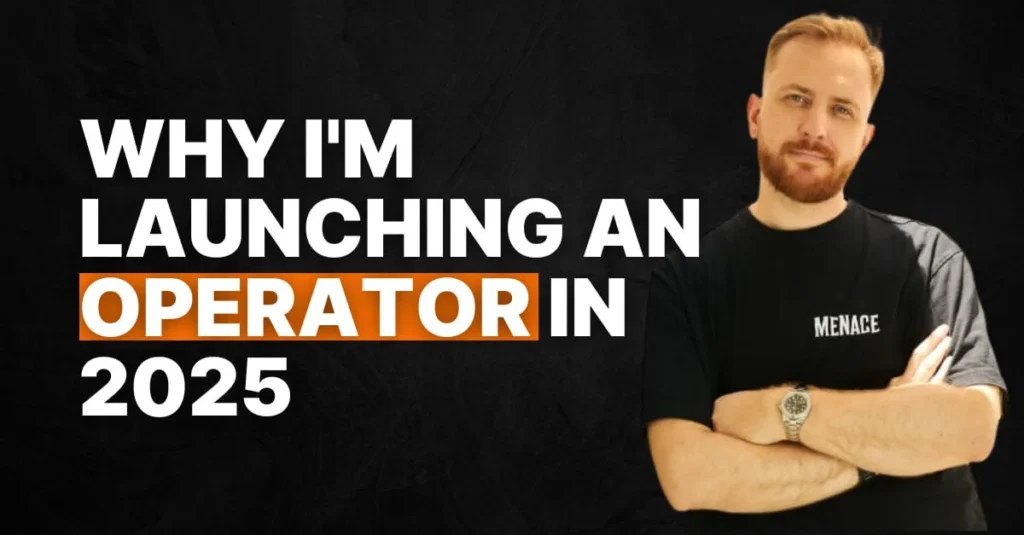The most dangerous person to listen to when building your business is yourself. The companies that win are the ones that understand the fundamental disconnect between what they think customers want and what customers actually want.
This isn’t some feel-good customer service platitude. This is about money. Real money that you’re leaving on the table because you’re building for people like you instead of the people who actually pay your bills.
The Expensive Delusion
Here’s the uncomfortable truth: the more you know about your industry, the less you understand your customers.
It sounds backwards, but expertise creates blindness. You live and breathe your business. You know every feature, every competitor move, every industry trend. Your customers? They couldn’t care less about most of it. While you’re obsessing over the latest platform capabilities or promotional mechanics, they’re trying to figure out whether your service fits into their Saturday afternoon routine.
The bias runs deeper than you think. Research consistently shows that people working in marketing behave completely differently from the general public when it comes to media consumption. They overestimate social media usage, underestimate traditional media, and wrongly predict how normal people make decisions. If the people whose literal job is understanding consumer behaviour get it this wrong, what makes you think you’re immune?
The expertise trap is real, and it’s expensive. As experience grows, so does the confidence that you know what customers want. Young employees embrace research because they know they don’t know anything. Some senior executives skip it because they think they know everything. The irony is brutal: the people making the biggest decisions are often the most disconnected from the customers funding those decisions.
This shows up everywhere. Teams add features they think are valuable while ignoring friction points customers actually experience. Pricing gets set based on cost-plus models instead of value perception. Marketing messages focus on what the company thinks is impressive rather than what resonates with real buyers.
The echo chamber effect makes it worse. Your internal team agrees with you because they’re similar to you. Your industry advisors validate your thinking because they operate in the same bubble. Your competitors make similar assumptions, so copying them feels smart. Meanwhile, your actual customers are out there living completely different lives with completely different priorities.
And in industries like gambling, this disconnect becomes particularly expensive because customer motivations are complex and often counterintuitive. What looks rational from a business perspective rarely matches how people actually behave when they’re seeking entertainment, escape, or social connection.
The Market Orientation Advantage
The solution isn’t better intuition. It’s systematic ignorance.
Start with the assumption that you know nothing about what your customers want. Because compared to what you could know, you probably don’t. This isn’t humility for humility’s sake, it’s a competitive advantage waiting to be unlocked.
The magic happens when you flip your perspective 180 degrees. Instead of looking out from your business at customers, you look back at your business through customer eyes. Instead of thinking about competitors (other companies offering similar services) you start thinking about alternatives from the customer’s perspective.
Your customers aren’t choosing between you and your direct competitors. They’re choosing how to spend their time, money, and attention. That alternative might not even come from your industry. A betting platform isn’t just competing with other betting platforms. It’s competing with Netflix, video games, social media, going out with friends, or simply doing nothing but sitting in bed and doom scrolling.
This shift reveals opportunities that industry-focused thinking misses entirely. When you understand what job customers are really hiring your product to do, everything changes. Are they buying entertainment? Social connection? A sense of control? The thrill of risk? The answer determines everything from product development to pricing to customer service approach.
Real market orientation uncovers value that customers didn’t even know they’d pay for. Research consistently shows that 80-90% of poorly chosen prices are too low. Companies leave money on the table because they price based on costs or competitor benchmarks instead of understanding what customers actually value.
The ritual aspects matter more than you think. How customers experience your product (the entire journey, not just the core transaction) often drives loyalty more than the product itself. But you can’t optimize what you don’t understand, and you can’t understand it from inside your building.
Building Your Customer Intelligence Engine
Market orientation requires systematic effort, not occasional surveys.
First, accept that assumption-testing beats assumption-making every time. The cost of being wrong about customer behaviour is almost always higher than the cost of research. Yet most companies operate on untested beliefs about what drives customer decisions.
Get your entire team exposed to real customers, not just customer data. Engineers, product managers, executives — everyone should spend time watching customers actually use your product. The gap between how you think it works and how customers experience it will surprise you.
Build feedback loops that go beyond support tickets and app store reviews. Most customers who are frustrated don’t complain — they just leave. Create systematic ways to understand why customers choose you, why they stay, and what would make them leave for alternatives you hadn’t considered.
Regularly audit your assumptions against external reality. List what you believe about customer motivations, then test those beliefs. The results will either confirm you’re on the right track or reveal expensive misconceptions before they compound.
Redefine your competitive landscape based on customer alternatives, not industry categories. Map what customers actually consider when they’re making the choice between you and everything else competing for their attention.
This isn’t a one-time project. Customer needs evolve, markets shift, and new alternatives emerge. The best companies maintain systematic customer intelligence as a core capability, not a quarterly initiative.
The paradox is beautiful: the more you admit you don’t know about your customers, the more you can learn. And the more you learn, the harder you become to compete against. Because while your competitors are building for people like themselves, you’re building for people who actually matter — the ones paying the bills.



